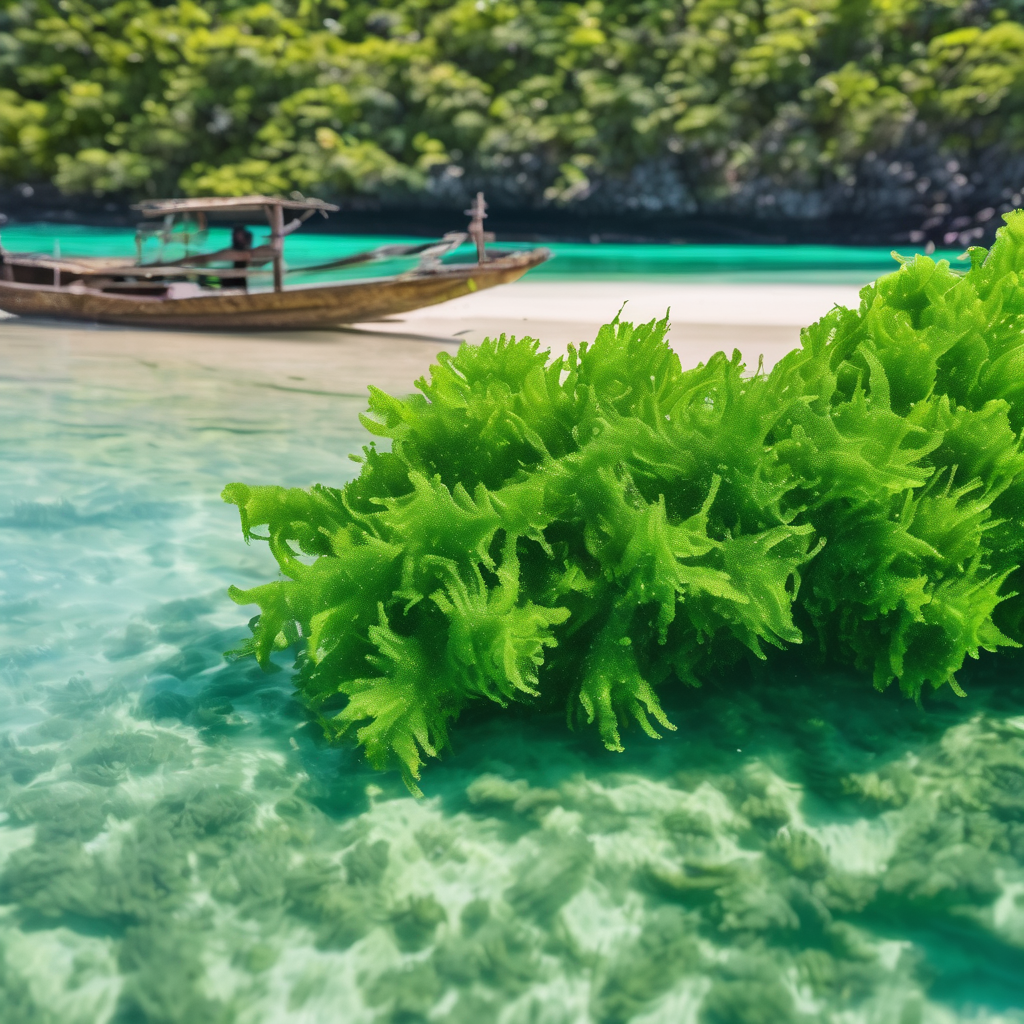Fisheries officers from the Kavala Fisheries Station, along with local villagers from Matasawalevu, recently conducted a thorough inspection of dried seaweed to guarantee its quality for market readiness. This inspection, which took place on a Tuesday, primarily assessed the drying process of the seaweed, a crucial measure in maintaining its market value and preventing spoilage during transportation. The collaborative effort highlighted the importance of ensuring both local and export standards were met for the final product.
After the inspection, harvesting activities resumed, taking advantage of low tide conditions, which are ideal for efficiently and sustainably collecting seaweed. The exposure of larger portions of seaweed beds during low tide facilitates responsible harvesting practices and helps to protect the marine ecosystem.
This initiative underscores the commitment of the Matasawalevu community to sustainable fishing practices, illustrating the strong partnership between the Ministry of Fisheries and local stakeholders in enhancing Fiji’s seaweed industry. The ongoing Matasawalevu project serves as a model for how such collaborations can foster economic empowerment, marine conservation, and sustainable management of resources in Fiji’s maritime regions.
Previous efforts in the area have shown significant progress, with the expansion of seaweed nurseries, such as a recent addition of 56 new lines at Matasawalevu, bringing the total to 204 lines. This expansion is part of a broader strategy to enhance local livelihoods through sustainable aquaculture and promote community engagement. The successful collaboration among communities and government bodies highlights a hopeful trend towards building resilient coastal economies that harmonize environmental sustainability with economic development.
As Fiji’s seaweed farming and aquaculture efforts continue to grow, the emphasis on community participation and responsible resource management provides a promising outlook for coastal families, potentially leading to increased incomes and a diversified economy. The valorization of local natural resources, when combined with sustainable practices, paves the way for a brighter, more resilient future for Fiji’s coastal communities.
